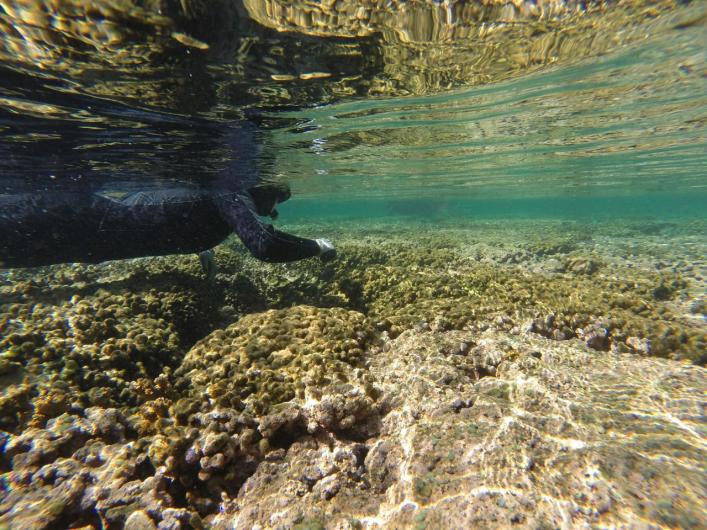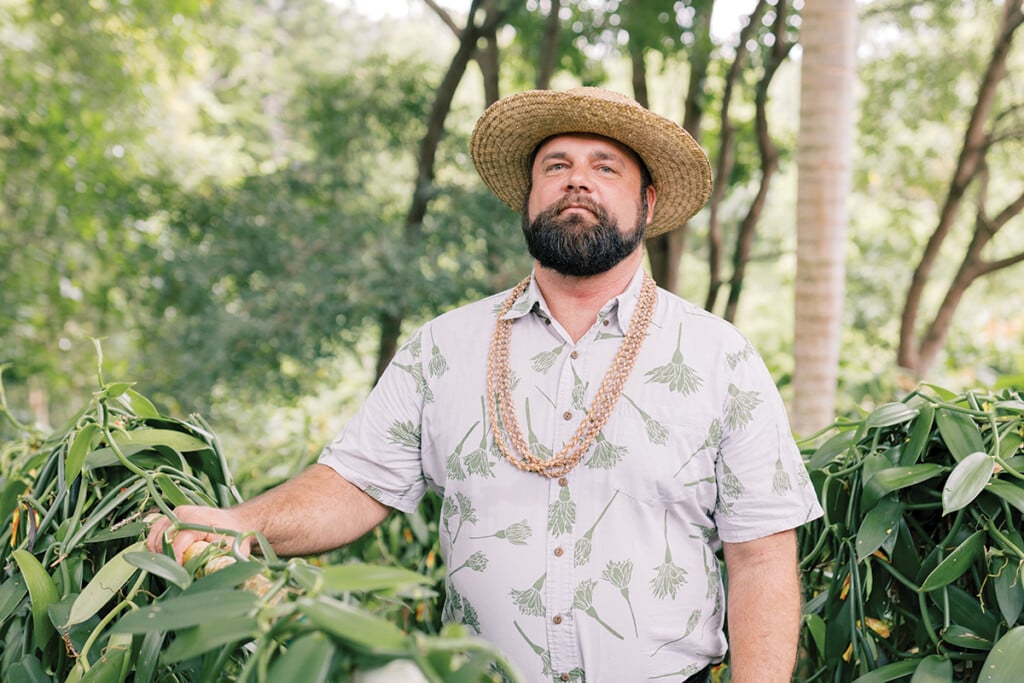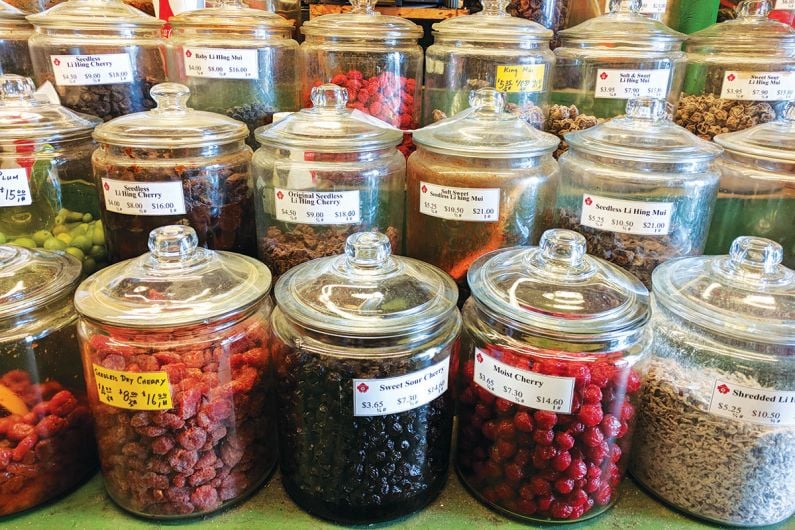Most of Hawaii’s coral proves resilient following 2014 bleaching event

Last fall a sudden and sharp rise in Hawaii’s coastal ocean temperatures caused a number of usually vibrant and healthy coral colonies to bleach. Corals throughout the state, including some in the Northwestern Hawaiian Islands, were affected by the temperature change, but reefs in the shallow waters off Oahu, Maui and Kauai seemed to fare the worst.
Now, in a happy turn of events, some of those corals are regaining their lost color and appear to be on the rebound.
Hawaii’s Department of Land and Natural Resources (DLNR) Division of Aquatic Resources (DAR) have been monitoring bleached coral around the state with the help of concerned residents and visitors. Earlier this week, they announced that many—though not all—of the affected corals are showing positive signs of recovery.
Reef-building corals are slow-growing underwater animals that survive with the help of a type of algae called zooxanthellae. Most of Hawaii’s coral species rely on zooxanthellae to eliminate waste and turn the sunlight that filters through the shallow waters where they live, into food for the coral. In return, the coral gives algae the nutrients they need for photosynthesis and a perfect hiding place from predators—inside the coral’s hard skeleton.
The only problem is, algae can be finicky friends. When times get tough and corals are stressed—for instance, when the water gets too warm—coral’s algae compatriots have a tendency to abandon their posts, leaving the coral alone and vulnerable with its naked, white skeleton exposed.
Contrary to popular belief, though, bleached coral is not yet dead coral. Hawaii DLNR’s recent announcement means that conditions have improved enough for some of the vulnerable animals to coax their algae partners back into providing nutrition for them.

Coral are particularly sensitive to even small increases in temperature and it only takes a slight rise of a few degrees to throw these delicate tropical systems off balance. It’s normal for water temperatures around Hawaii to fluctuate at least a little bit throughout the year. Typically the Islands’ coastal waters stay between 72 degrees Fahrenheit in the winter and 82 degrees Fahrenheit in the summer. The bleaching event last fall followed an unusual spike in water temperatures that, in some areas, peaked as high as 86 degrees Fahrenheit.
Though on the road to recovery, Hawaii’s corals aren’t completely out of hot water just yet. According to DLNR DAR marine resources specialist Anne Rosinski, weakened coral can take weeks or even years to fully regain their health. And, between July and October of 2015, DLNR scientists anticipate waters could get as warm or even warmer than they did last year. Scientists also predict global ocean temperatures will only continue to increase and coral bleaching events will become an increasingly common phenomena.
While this week’s announcement shows hope for the ability of Hawaii’s corals to bounce back, it’s still too early for researchers to tell what repeated exposure to warm water could mean for Hawaii’s already vulnerable coral in the long term.
How to spot bleached coral and what you can do
Hawaii’s shallow waters are home to around 50 species of hard corals. Thanks to their relationship with aquatic plants, healthy corals are often tan, brown or green in color, though some species may appear purple or even blue. Sick or bleached coral usually appear bright white, but may also be a creamy yellow, blue or pink if the particular coral species has additional pigments in its tissue.
If you’re interested in learning more about the diversity and appearance of healthy coral species in Hawaii, some of the more common ones are listed on the DLNR’s page here.
If you’re snorkeling or swimming in the Islands and think you’ve noticed coral with signs of bleaching, DAR needs your help to document it so they can monitor the area. Please submit the location, details and photographic evidence of your observation to the Eyes of the Reef community monitoring network through the form on their website: www.eorhawaii.org. And, when you’re out there, please always remember to avoid touching or standing on these already vulnerable animals.


